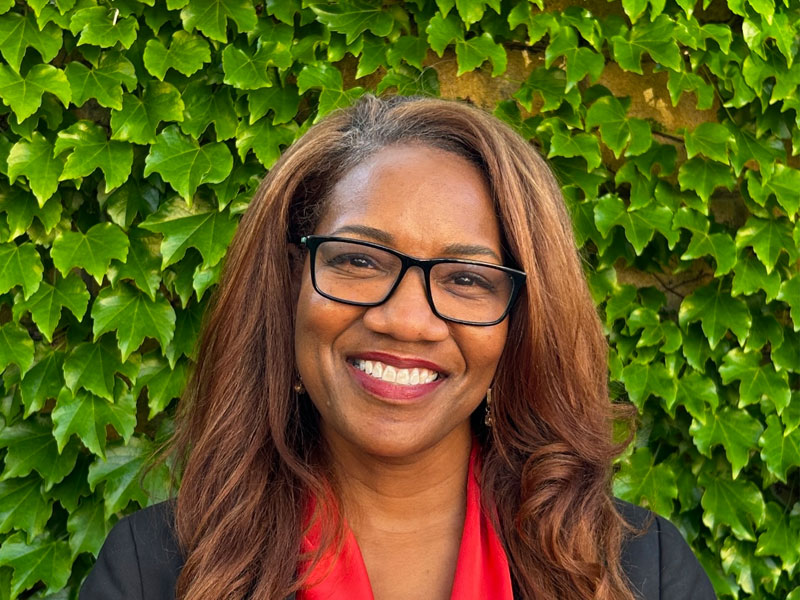Numerous studies document the unequal health outcomes of minority groups compared to their non-Hispanic white counterparts. In Inland Southern California (i.e., Riverside and San Bernardino counties), the Black community represents a unique minority within a minority group: according to the Census Bureau, approximately 51.6 % of the people in Riverside County and 55.8% in San Bernardino County are Hispanic or Latinx, while 7.5% of Riverside County and 9.4% of San Bernardino County’s population identify as Black or African American (U.S. Census Bureau 2022). Despite these small population percentages, health disparities experienced by the Black community remain significant and warrant close examination. This article aims to shed light on the complex factors contributing to these disparities and explore potential solutions to promote health equity for the Black community in Inland Southern California.
The Black community faces a range of health disparities with far-reaching consequences for its overall well-being. Chronic diseases such as hypertension, diabetes, and obesity are prevalent, increasing morbidity and mortality rates. The Black community also experiences a higher prevalence of mental health disorders and multiple barriers to accessing mental healthcare, such as stigma, lack of culturally competent providers, and limited insurance coverage. Black mothers are more likely to experience complications, including death, during pregnancy and childbirth, and Black infants are at a high risk of premature birth and low birth weight. Infectious diseases, such as HIV/AIDS and COVID-19, disproportionately affect the Black community. The high rates of infection, severe illness, and death from these diseases can be attributed to social, economic, and healthcare factors.
Community engagement is vital to address the Black community’s health disparities in the Inland Southern California region, as community voices are at the forefront of developing and implementing interventions targeting the unique needs of the Black community. Collaborative efforts between community members, organizations, and healthcare providers are essential in creating a supportive environment to promote health equity and reduce the disparities experienced by the Black community in Inland Southern California. By partnering with community- and faith-based organizations, the University of California, Riverside School of Medicine’s Center for Healthy Communities (CHC) has created culturally tailored interventions that both resonate with the community and lead to sustained behavior change. Health promotion and education programs, including disease prevention and lifestyle improvement, are critical to these efforts. We know from the California Health Care Foundation’s “Listening to Black Californians” report that three in four respondents said increasing Black representation among healthcare leaders and providers and expanding community-based education and advocacy are essential (EVITARUS 2022). By creating safe spaces and having Black healthcare professionals working to empower community members with knowledge, skills, and resources, these programs help individuals make informed decisions about their health and contribute to the community’s overall well-being.
Policy and advocacy are powerful tools in this struggle to reduce or eliminate health disparities. State and federal policies addressing health disparities can promote equity by allocating resources, implementing targeted interventions, and ensuring access to quality healthcare services for marginalized populations. Advocacy plays a pivotal role in raising awareness about the specific health disparities the Black community faces, influencing public opinion, and urging policymakers to take decisive action. Advocates also help bridge the gap between research findings and policy development, ensuring that evidence-based approaches to address health disparities are effectively disseminated.
Community engagement, targeted interventions, and supportive policies can significantly reduce the Inland Southern California Black community’s health disparities. To achieve lasting change and promote health equity, future policy development must prioritize the unique needs of the Black community by investing in community-based interventions, expanding access to affordable healthcare, and addressing social determinants of health such as housing, education, and employment. In addition, policies should support diversifying the healthcare workforce and providing cultural competency training for providers to ensure that the specific needs of the Black community are met in a respectful and understanding manner.
The Black community in Inland Southern California faces a range of health disparities that significantly impact its well-being, highlighting an urgent need for targeted interventions and policies to promote health equity. Continued research is essential to understand better the complex factors contributing to these disparities and to develop effective strategies to address them. Healthcare professionals, policymakers, and community members must work collaboratively to promote health equity within the Black community. This includes supporting grassroots organizations, implementing culturally tailored interventions, advocating for policies that address health disparities, and fostering a healthcare system that is accessible, affordable, and culturally competent. By working together, we can create a more equitable and just society where disparities no longer compromise the health and well-being of the Black community in Inland Southern California.












